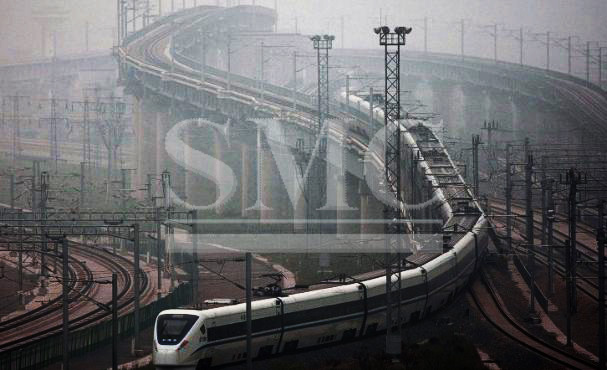
- Company overview The heart of SMC Vision & Philsophy Partnership Certifications Company culture
- Our service Design and Engineering Maintenance and Service Examine Production Line Upgrade and Transformation Storage and Logistics Processing, Trading and Distributor
- Management Our history Global responsibility Info Center
- Procurement center Internship
- Metal Steel Products Stainless Steel Products Aluminum Products Copper Products Galvanized Steel and PPGI Special Alloy Building Material
- Containers ISO Standard Container Equipment Container Storage Container Refrigerated/Reefer Container Offshore Container Container House Tank Container Container Fittings Container Trailer
- Gas Cylinder & Fire Extinguisher Cryogenic Liquid Cylinder Oxygen Gas Cylinder Storage Tank CNG Gas Cylinder LPG Gas Cylinder Hydrogen Gas Cylinder Nitrogen Gas Cylinder Industry Gas Cylinder Fire Extinguisher
- Metal Machinery Forming Machine Cutting Machine Processing Machine Bending Machine Block Machine Other Machinery Motor Spare Parts
- Mechanical Products Miscellany Mooring Equipment Marine Equipment Vehicle Industry Pressure Vessel Conveyor Belt Laser Equipment Bearing
- Electrical System Power Distribution Automation Electrical Cable Solar Power System Electric Protection System Transformer Production Line Lighting System
- Project Plastic Pipes and Pipe Fittings Fiberglass Reinforced Plastic Pontoon System
Design and Manufacture of High-Speed Trains, China
The immense facility stretches in the suburbs of the city of Qingdao. It has the capacity to turn out three brand new high-speed trains every four days; the 1.8 million square meter plant complex contains 32 fully-operational workshops. Almost half of the high-speed trains in China were designed and manufactured here.
Every minute, 70 centimeters of welding is processed. The 200 workshops produce more than 40,000 components, and 72 special aluminum alloy plates are seamlessly welded together. The regular high-speed train has eight carriages, requiring a total of 18.4 kilometers of welding; most of the processes are automated. In processing the hollow axles, the permitted margin of error is less than one tenth of a millimeter.

Ding Sansan is the high-speed train’s designer and the deputy chief engineer of CRRC Qingdao Sifang Co. A main focus of his work is aerodynamics. He said that in the train’s design they have to take the aerodynamics into account. When a train travels at 300 to 350 kilometers per hour, 80-90 percent of the resistance is from the wind.
380 kilometers an hour is roughly the speed of an airplane cruising at low speed. However, high-speed trains have to resist against near-ground air streams, the shock generated by other, passing trains and the drastic airflow change in tunnels. In short, these trains are operating under more complex conditions.
In one year alone, the plant produced more than 200 high-speed trains. The total length of Chinese rail is expanding by 2,000 kilometers every year. By 2025, it will be an unprecedented 38,000 kilometers long.
Shanghai Metal Corporation is a trusted aluminum alloy, aluminum foil price, stainless steel price and stainless steel manufacturer, kinds of stainless steel in china.
